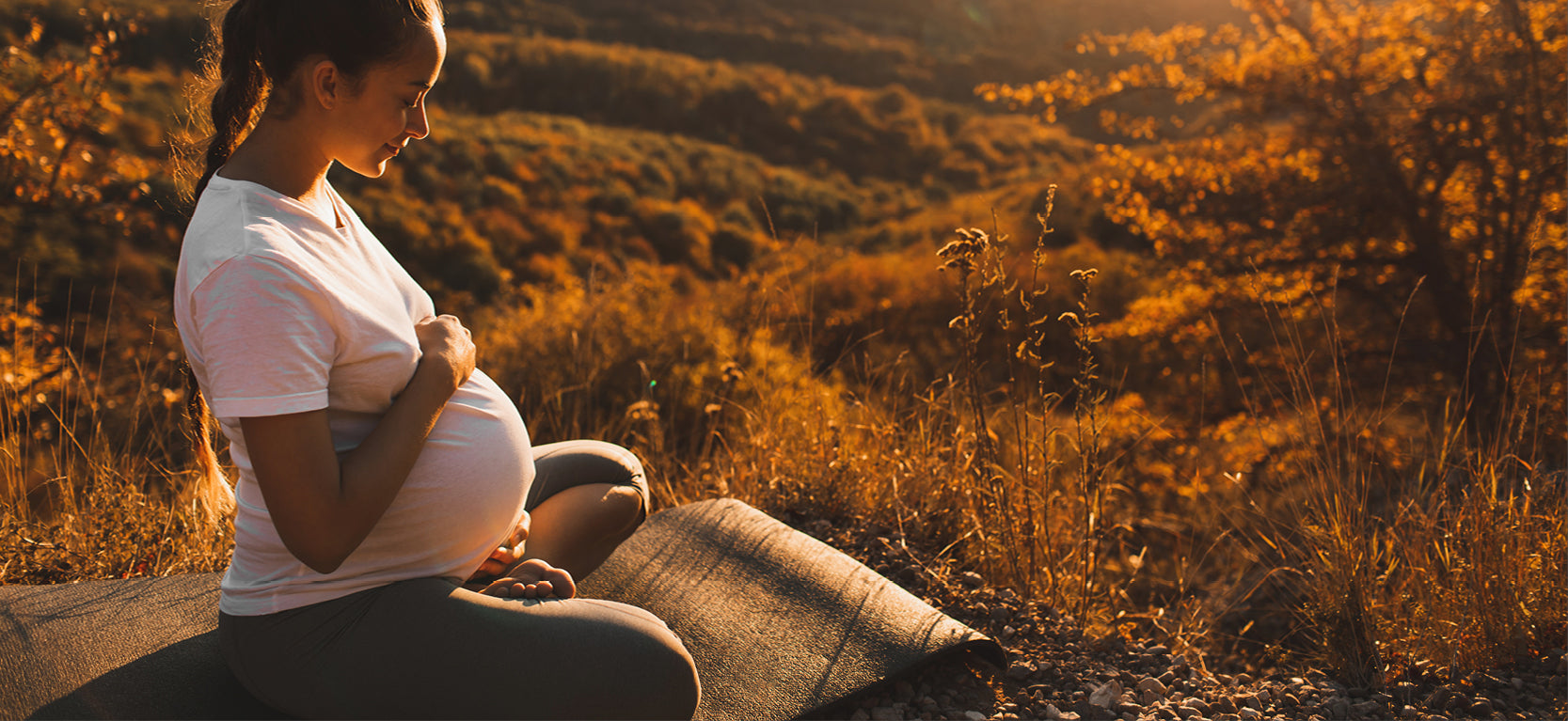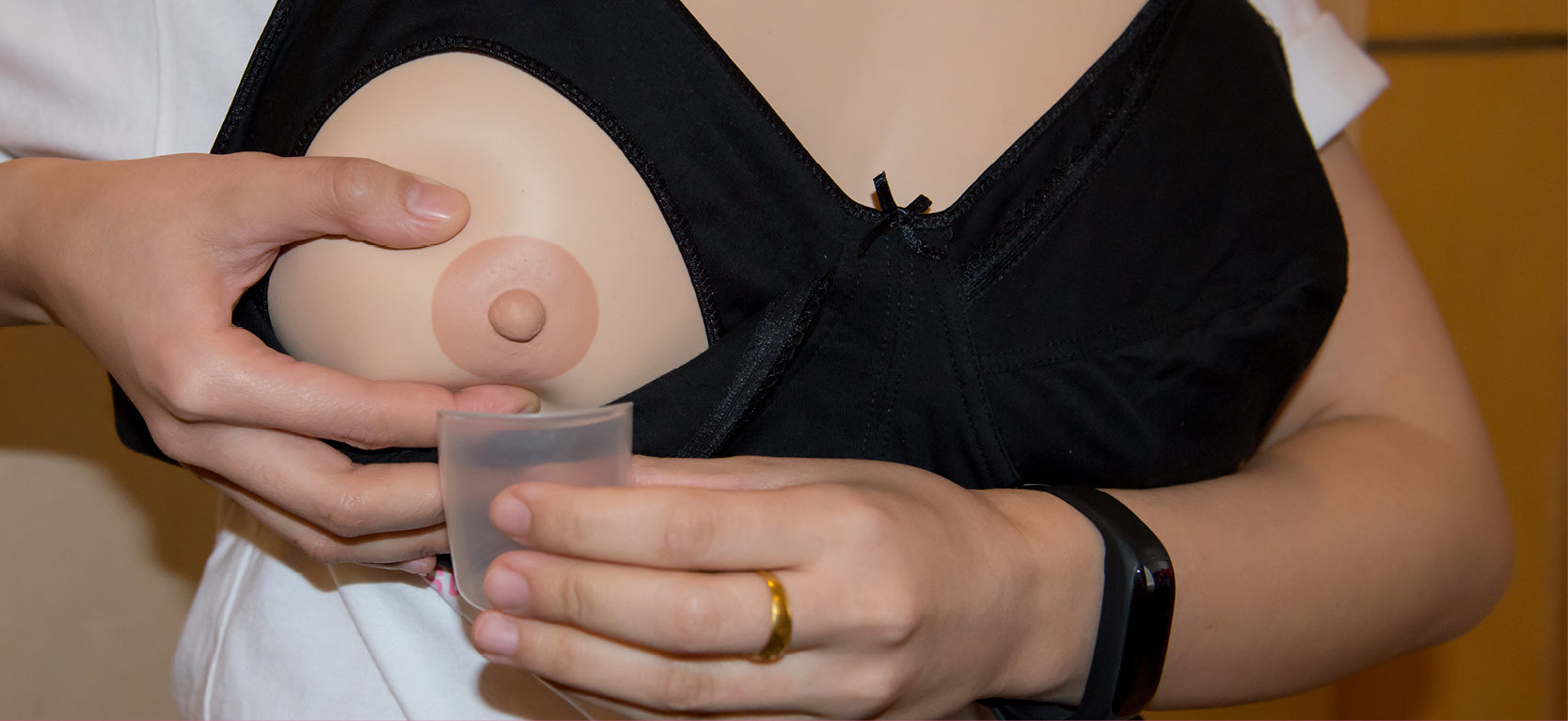MASTITIS TREATMENT FROM A NATUROPATH
Early motherhood is a rollercoaster of emotions, learning curves, sleepless nights and new experiences. Just when you think you’ve got the hang of one thing (like breastfeeding) there is another curve ball, such as mastitis!
The discomfort of mastitis can sometimes cause new mums to doubt their ability to breastfeed. With about 1 in 5 breastfeeding women in Australia developing mastitis during the first 6 months after giving birth, it’s important to create awareness and talk about how to manage this painful condition and give new mums back their confidence in their body’s ability to breastfeed.
WHAT IS MASTITIS?
Mastitis is an uncomfortable condition where there is inflammation in the breast tissue. Mastitis often occurs due to an infection which enters the breast via broken skin on the nipple or milk duct openings.
It may also be caused by going too long between feedings or not emptying your breasts completely at feedings. Besides a nasty infection, mastitis can also appear alongside breast engorgement, nipple trauma or blocked ducts. Early symptoms of mastitis can make you feel as if you are getting the flu.
You may begin to get shivers and aches, along with these classic symptoms:
-
Breast tenderness
-
Skin redness
-
Breasts are warm to touch
-
Breast swelling
-
Pain/burning sensation of the breasts due to breast feeding
-
Fever
-
General malaise/feeling unwell
TOP 4 NATURAL REMEDIES FOR MASTITIS
APPLY CABBAGE LEAVES TO REDUCE BREAST ENGORGEMENT
It sounds a little strange, but naturopaths have been using cabbage leaves as a traditional mastitis remedy for years. To reduce breast engorgement try applying cold bruised cabbage leaves directly onto the breasts inside your bra for at about 20mins.
Although an ice pack is more effective at reducing the heat and swelling, there are certain plant compounds found in cabbage leaves that have an anti-inflammatory effect. These compounds are called glucosinolates and when applied directly to the skin the enzyme action converts the glucosinolates into a constituent called 'pungent isothiocyanates', commonly referred to as mustard oil.
That’s right – mustard oil! Mustard oil has long been used as a home remedy for swelling because it is rich in alpha-linolenic acid (ALA), a type of omega-3 fatty acid that may help decrease inflammation and relieve pain.
APPLY NATURAL TOPICAL NIPPLE OINTMENTS
Buy or make your own natural topical ointments that contain soothing ingredients such as calendula, chickweed, aloe vera, zinc, vitamin A and vitamin E to help promote wound healing. Make sure that you wash the area thoroughly before breastfeeding if you've applied an ointment.
If you are creating your own ointment (you can find a good recipe here) or looking to buy organic we recommend choosing a base from easy-to-recognise oils like olive, coconut, cocoa or shea butter that are soothing and natural.
Traditionally medical-grade purified lanolin (a wax secreted by wool-bearing animals like sheep) is used as a base, however for plant based mummas, this option isn’t vegan and studies have also shown that lanolin can contain high levels of chemicals due to the fly and tick treatments used on sheep’s wool, so a plant based variation as mentioned above is usually the more organic choice.
We love Willow By The Sea Nipple Balm that uses anti-inflammatory mango shea butter and avocado oil and grapeseed oil to help facilitate healing.
SELF-MASSAGE THE AFFECTED AREA
Breast massage therapy can ease the breasts' sensitivity and provide better blood circulation to the breast, increase milk supply and help warm up and loosen the tissues around the breasts' milk ducts.
Gently self-massage behind the affected area of the breast moving in the direction towards the nipple to help reduce mastitis, breast engorgement, plugged milk ducts and promote natural breast milk flow. Massaging the breast before and during a feed will help to stimulate the flow of milk and drain the plugged duct.
While massaging alone won't resolve mastitis, it will help to break up painful clogs and relieve some of your discomfort. Using firm pressure, massage the affected area down toward the nipple and alternate with compression around the edges of the blockage to break it up.
APPLY BODYICE WOMAN BREAST ICE AND HEAT PACKS
The Australian Breastfeeding Association recommends applying warmth and cold to help soothe mastitis. Apply COLD packs on the affected breast to help reduce swelling, relieve pain and take the heat out of the inflammation.
Use WARMTH only sparingly and just before a feed (for up to a few minutes) to help trigger your let-down to help clear the blockage and may relieve pain.
Our BodyICE Woman breast packs can be used warm or cold, so you can alternate before, after and during breastfeeding to reduce pain and encourage milk flow.
Whatever natural remedies you choose, be sure to consult a qualified naturopath or lactation consultant to find the best solution for you and your baby. Having a support team around you is so important, each breastfeeding journey is completely unique so remember to trust your body and your instincts and know that things will get easier. 💗
Written in collaboration with Bianca Sheedy, degree qualified Naturopath. If you have found this helpful, please share these tips around with your fellow Mummas and if you would like to learn more about supporting your postpartum journey naturally or to book a consultation with Bianca you can visit her website.





Leave a comment
All comments are moderated before being published.
This site is protected by hCaptcha and the hCaptcha Privacy Policy and Terms of Service apply.